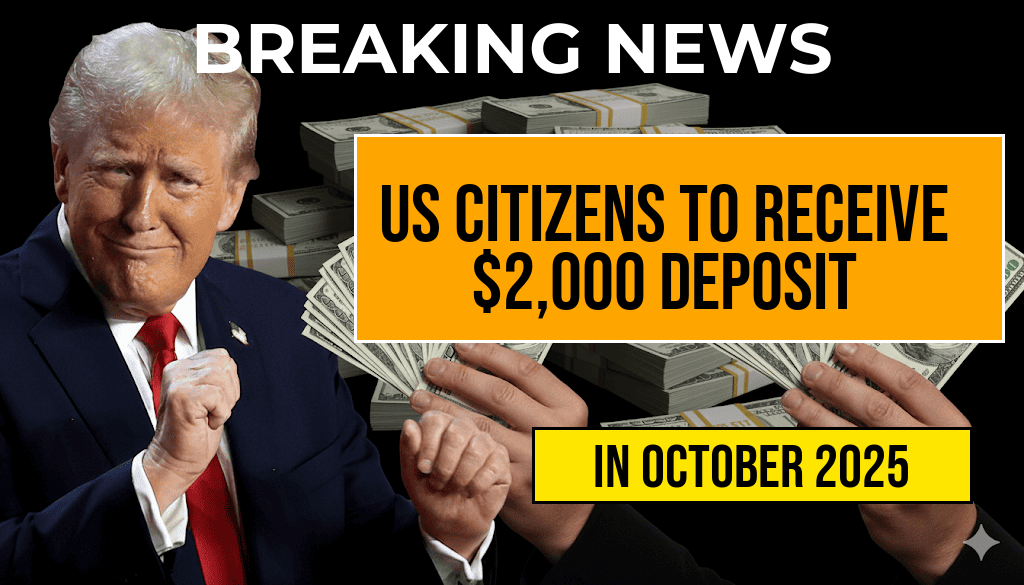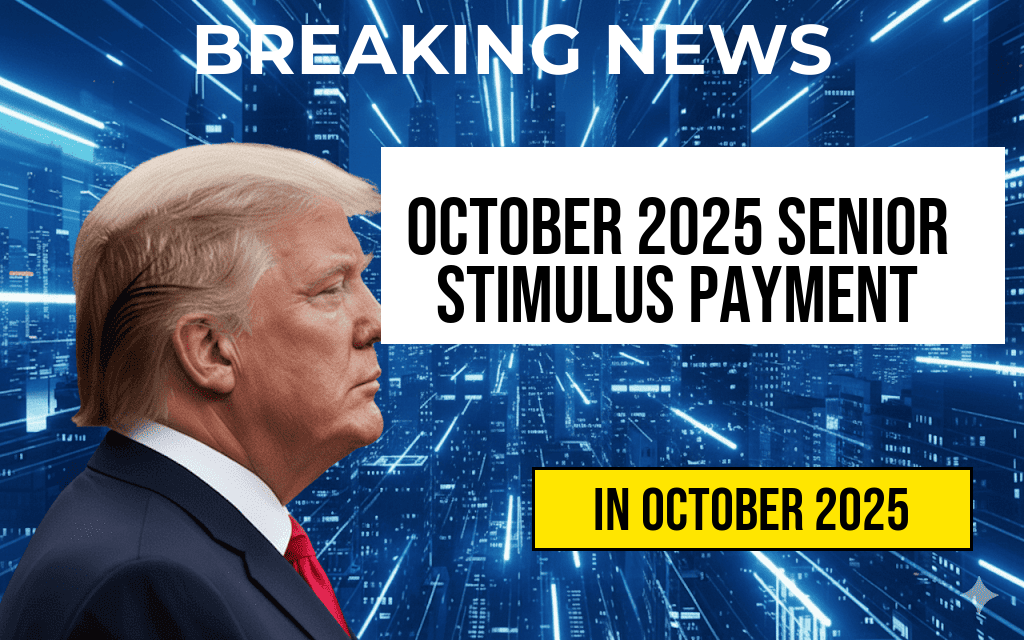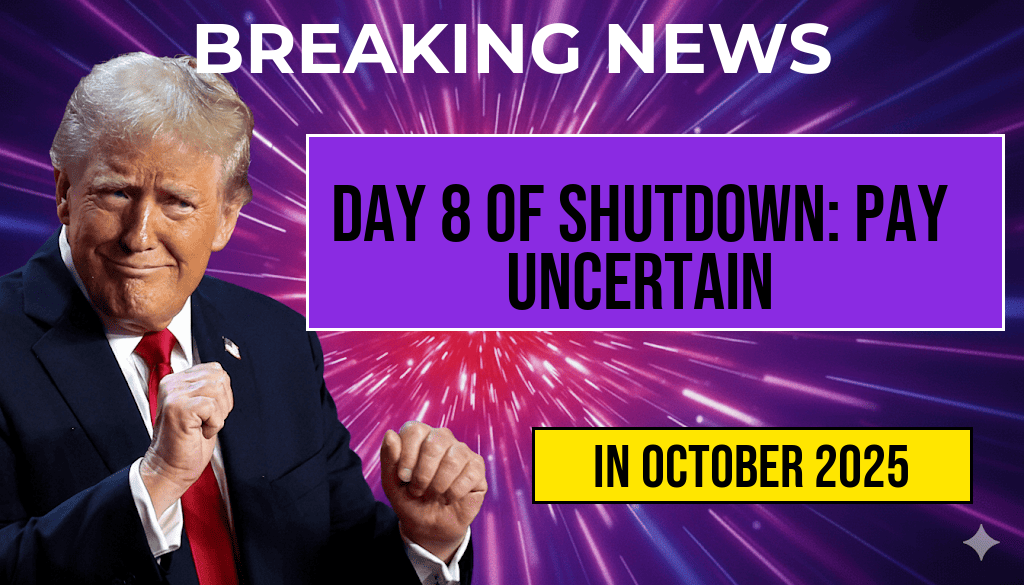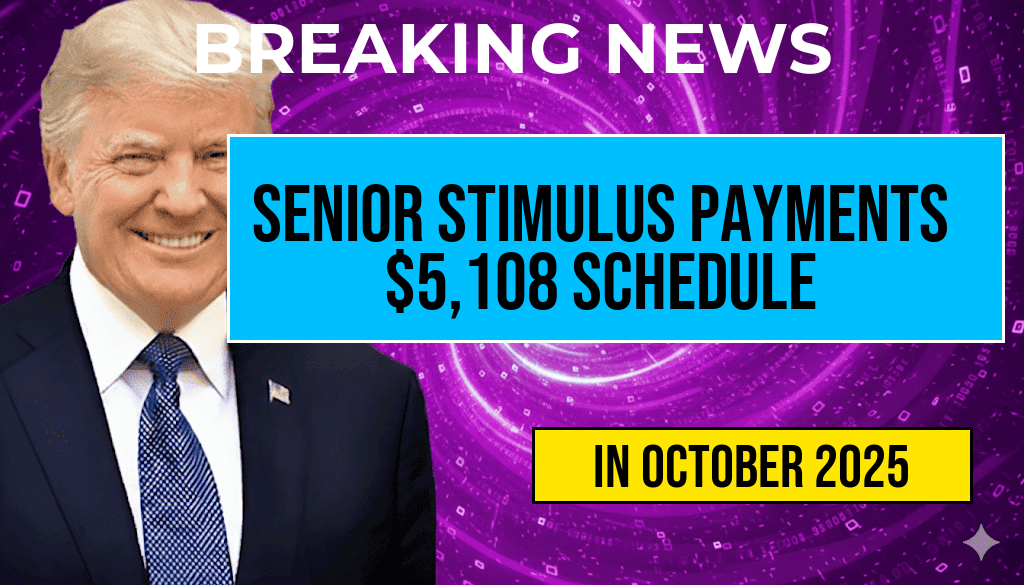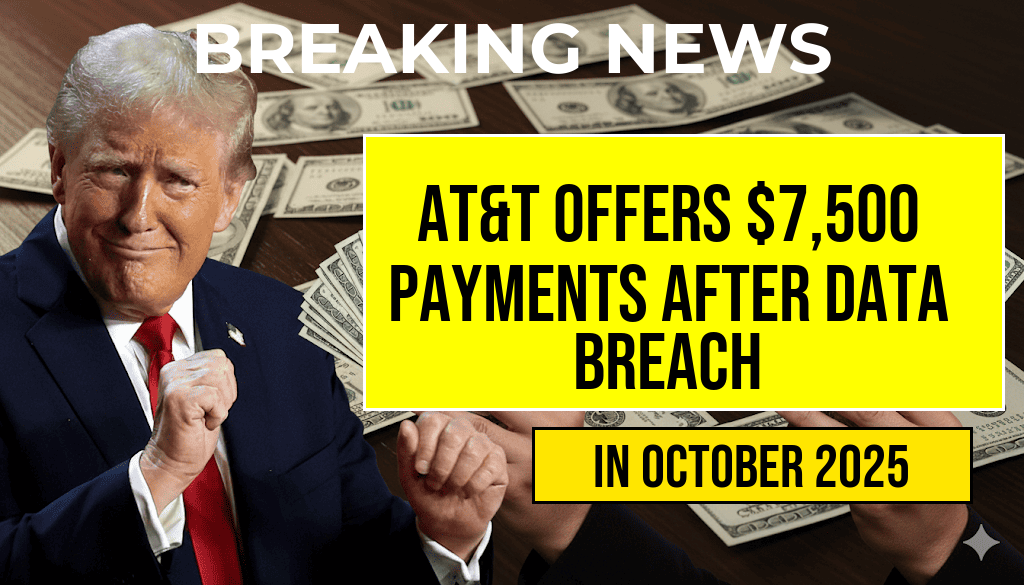Starting in October 2025, eligible U.S. citizens will receive a $2,000 direct deposit from federal authorities, marking a significant financial aid initiative aimed at providing relief amid ongoing economic adjustments. The payment, part of a broader stimulus effort, is scheduled to arrive via direct deposit into qualifying individuals’ bank accounts, with the first round expected to be distributed early in the month. The program’s scope, eligibility criteria, and payment schedule have been outlined by the IRS, which is overseeing the distribution process to ensure broad and equitable access. As the government aims to support economic stability and consumer spending, understanding the eligibility requirements, application procedures, and relevant guidelines is essential for recipients and taxpayers alike.
Eligibility Criteria for the October 2025 Payment
Who Qualifies for the $2,000 Direct Deposit?
- U.S. Citizens and Permanent Residents: The program is open primarily to individuals who hold U.S. citizenship or permanent resident status, with documentation verifying their status.
- Income Thresholds: Eligibility is generally based on adjusted gross income (AGI). For the upcoming payment, individuals earning up to $75,000 annually and married couples filing jointly earning up to $150,000 are eligible.
- Filing Status and Residency: Taxpayers who filed income tax returns for 2024 and meet residency requirements qualify, regardless of employment status.
- Dependents and Family Units: While the payment is primarily directed to individuals, families with dependents may qualify for additional supplements or related benefits, depending on specific program provisions.
Exceptions and Special Cases
- Individuals with significant income exceeding the thresholds are not eligible for this particular payment but may qualify for other assistance programs.
- Non-citizen residents with certain visa statuses do not qualify unless they are permanent residents.
- Recent immigrants who have not yet filed taxes for 2024 may need to complete specific documentation to establish eligibility.
Payment Schedule and Distribution Process
Timeline for Distribution
The IRS has announced that the first wave of payments will be processed during the first week of October 2025, with subsequent payments occurring over the month as verification and processing are completed. Recipients can expect their funds within 3–5 business days after the initial deposit date, depending on their bank’s processing times.
Methods of Payment
| Method | Description | Notes |
|---|---|---|
| Direct Deposit | Funds transferred directly into the recipient’s bank account | Fastest method; requires accurate banking information |
| Prepaid Debit Card | Payment loaded onto a government-issued card | Alternative for those without bank accounts |
| Paper Check | Traditional mailing of a check | Subject to postal delays; less common for this program |
Verifying Payment Status
Recipients can track their payment status through the IRS’s Get My Payment tool, which provides real-time updates and instructions for resolving any issues encountered during processing.
IRS Guidelines and Responsibilities
Application and Qualification Verification
The IRS will utilize tax return data from 2024 to determine eligibility automatically. Individuals who meet the criteria will not need to submit additional applications. However, those who recently filed or need to update their information should verify their details through the IRS portal to ensure accurate processing.
Tax Implications and Reporting
The $2,000 payments are considered non-taxable income and do not need to be reported as part of annual tax filings. Nonetheless, recipients are advised to retain documentation of their payments for personal records.
Additional Support and Resources
For further guidance on eligibility, updates, or to report issues, taxpayers can consult the official IRS website or contact their local IRS office. The government also recommends checking for updates on related relief programs that may complement this initiative, such as unemployment assistance or healthcare subsidies.
Impacts and Future Considerations
The October 2025 direct deposit plan reflects ongoing efforts to bolster economic resilience among U.S. citizens. Analysts suggest that such payments could stimulate consumer spending, support household budgets, and mitigate economic disparities. As the program progresses, policymakers will likely evaluate its effectiveness and consider adjustments for future distributions. Staying informed through official channels remains crucial for recipients to maximize benefits and comply with IRS guidelines.
Frequently Asked Questions
What is the upcoming direct deposit payment for US citizens in October 2025?
In October 2025, eligible US citizens will receive a $2,000 direct deposit as part of a government initiative aimed at providing financial support. This payment is designed to assist qualifying individuals with their expenses during this period.
Who is eligible to receive the $2,000 direct deposit in October 2025?
Eligibility is primarily based on citizenship status, income level, and filing requirements. Generally, qualified US citizens who meet specific criteria outlined by the IRS guidelines will be eligible to receive the payment.
When will the $2,000 payments be deposited into recipients’ accounts?
The payment schedule for the October 2025 direct deposits will be announced by the IRS closer to the date. Typically, payments are made via direct deposit starting in October, with some variations based on individual circumstances.
How can I ensure my IRS information is up to date to receive the payment?
To receive the $2,000 direct deposit, it is essential to update your IRS account information if needed. You can do this by logging into the IRS portal and verifying your bank details and personal information.
Are there any additional guidelines or requirements from the IRS regarding this payment?
Yes, the IRS has issued specific guidelines regarding eligibility, reporting, and tax implications of the $2,000 payment. It is recommended to review the official IRS instructions to ensure compliance and proper receipt of the funds.

